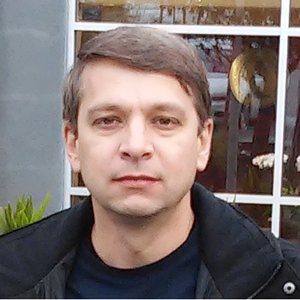Gravitational waves and observational astrophysics
Almost all of the information that we have about the Universe comes from electromagnetic waves. In the near future, the Laser Interferometer Gravitational Wave Observatory (LIGO) will open a new window on the Universe by observing gravitational waves; ripples in the fabric of space-time which were first predicted by Einstein. These waves will provide a revolutionary way of studying some of the most exotic objects in the universe: supernovae, neutron stars, and black holes. Syracuse University has an active research group engaged in opening this exciting new field of physics and astronomy. Students have the opportunity to work on hardware for the next generation of gravitational wave detectors and to develop techniques for finding gravitational waves and for using these waves to study the Universe. To support this research, the Syracuse group has excellent supercomputer technology to search LIGO data and model the behavior of black holes.
 Stefan Ballmer
Professor and Director for the Center for Gravitational Wave Astronomy and Astrophysics
sballmer@syr.edu
315.443.3882
Stefan Ballmer
Professor and Director for the Center for Gravitational Wave Astronomy and Astrophysics
sballmer@syr.edu
315.443.3882
 Duncan Brown
Vice President for Research, Syracuse University; Charles Brightman Endowed Professor of Physics
dabrown@syr.edu
315.443.5993
Duncan Brown
Vice President for Research, Syracuse University; Charles Brightman Endowed Professor of Physics
dabrown@syr.edu
315.443.5993
 Craig Russell Cahillane
Assistant Professor
ccahil01@syr.edu
Craig Russell Cahillane
Assistant Professor
ccahil01@syr.edu
 Collin Capano
Research Associate Professor
cdcapano@syr.edu
Collin Capano
Research Associate Professor
cdcapano@syr.edu
 Eric Coughlin
Assistant Professor
ecoughli@syr.edu
Eric Coughlin
Assistant Professor
ecoughli@syr.edu
 Georgia Mansell
Assistant Professor
glmansel@syr.edu
Georgia Mansell
Assistant Professor
glmansel@syr.edu
 Alexander Harvey Nitz
Associate Professor and Director of Graduate Studies
ahnitz@syr.edu
Alexander Harvey Nitz
Associate Professor and Director of Graduate Studies
ahnitz@syr.edu
 Ruslan Podviianiuk
Research Assistant Professor
rpodviia@syr.edu
Ruslan Podviianiuk
Research Assistant Professor
rpodviia@syr.edu
 Steven Penn
Research Professor
sdpenn@syr.edu
Steven Penn
Research Professor
sdpenn@syr.edu
